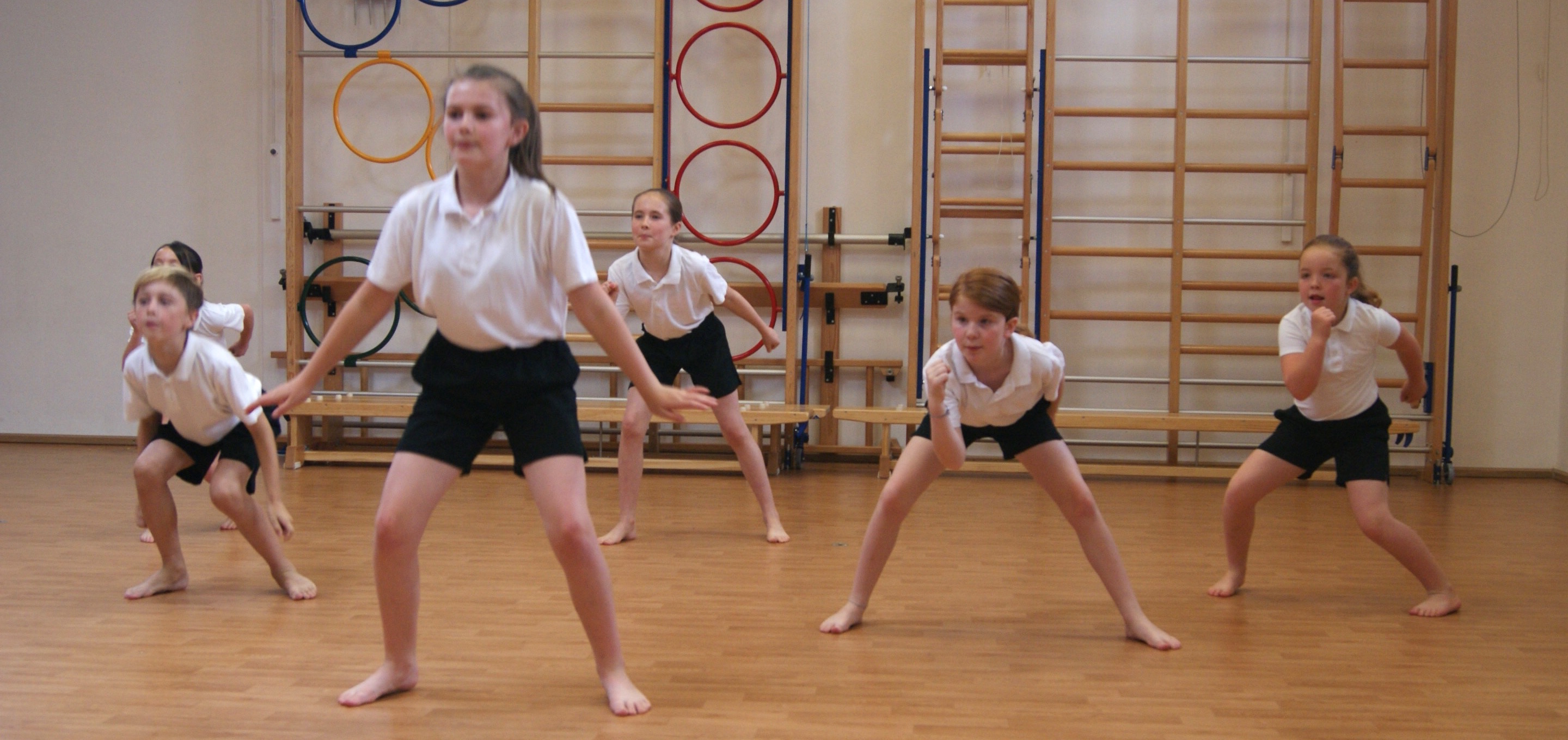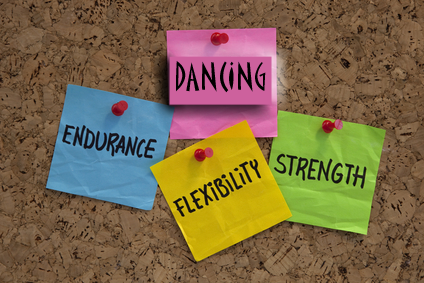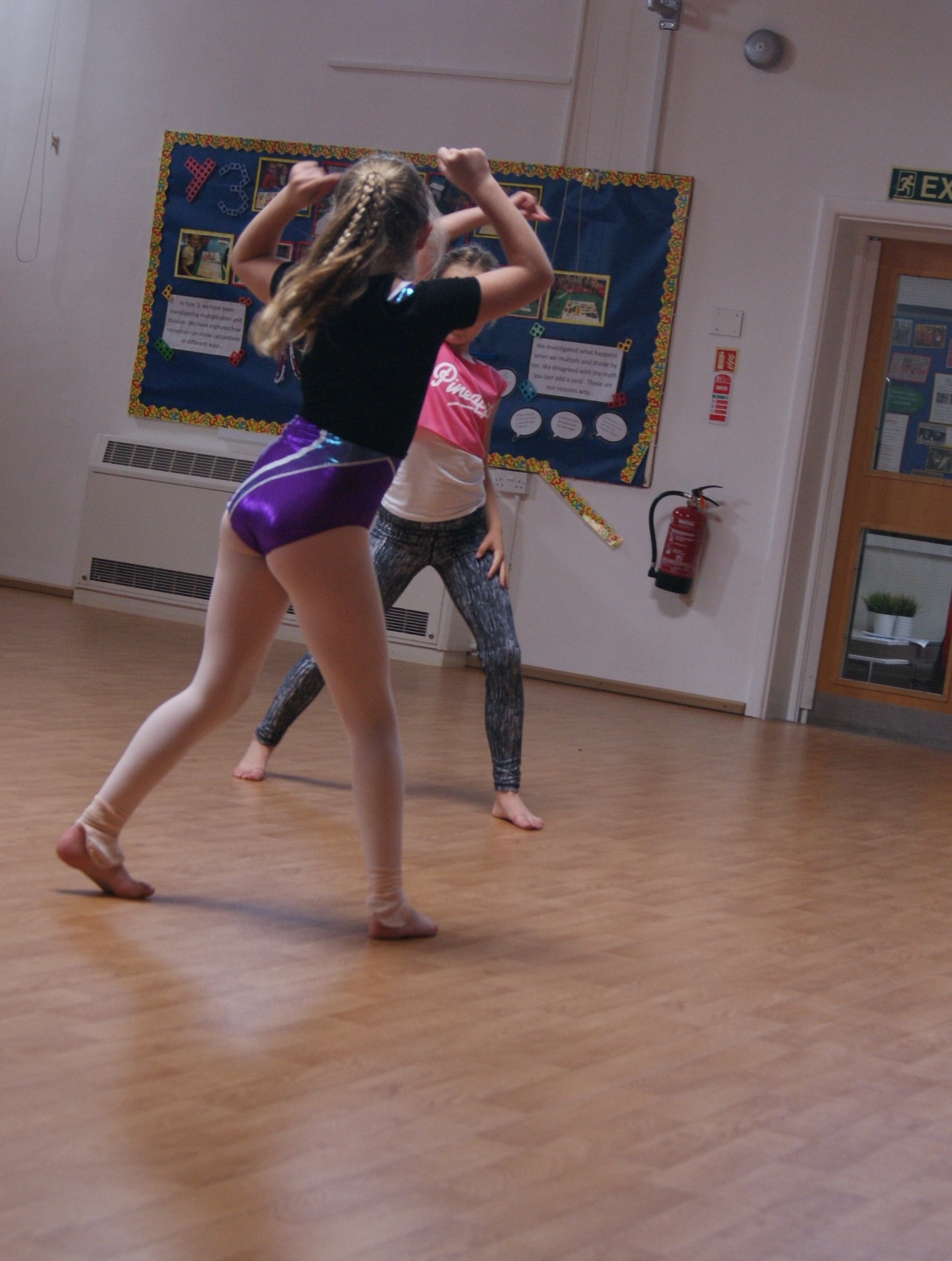
So, why value dance?
Teaching children to dance at primary school age can have a huge impact on them, far greater than we may imagine. Stimulating an interest in dance is an excellent way for children to master skills that they can continue to develop throughout life, thereby paving the way for a lifelong love of being active.
In addition to dance being fun due to its creative and expressive nature, the neurological effects of dance have recently been determined as researchers have began to investigate the complex mental coordination that dance requires.
Music stimulates the brain’s reward centers, while dance activates its sensory and motor circuits. Studies using PET imaging have identified regions of the brain that contribute to dance learning and performance. These regions include the motor cortex, somatosensory cortex, basal ganglia, and cerebellum. The motor cortex is involved in the planning, control, and execution of voluntary movement. The somatosensory cortex, located in the mid region of the brain, is responsible for motor control and also plays a role in eye-hand coordination. The basal ganglia, a group of structures deep in the brain, work with other brain regions to smoothly coordinate movement, while the cerebellum integrates input from the brain and spinal cord and helps in the planning of fine and complex motor actions.


Physical and Psychological Benefits
While some imaging studies have shown which regions of the brain are activated by dance, others have explored how the physical and expressive elements of dance alter brain function. For example, much of the research on the benefits of the physical activity associated with dance links with those gained from physical exercise, benefits that range from memory improvement to strengthened neuronal connections.
In a small study undertaken in 2012, researchers at North Dakota’s Minot State University found that the Latin-style dance program known as Zumba improves mood and certain cognitive skills, such as visual recognition and decision-making.
Other studies show that dance helps reduce stress, increases levels of the feel-good hormone serotonin, and helps develop new neural connections, especially in regions involved in executive function, long-term memory, and spatial recognition.
Ignite a Love of Dance
So its time to take dance a little more seriously in the primary curriculum and to realize the long term benefits this can have on children’s health and physical & mental capacity. Igniting a love of dance at a young age could inspire children to pursue an active lifestyle with an activity that they can easily continue for life.
The PE Suite hosts many variations of dance for children to explore. With a wide range of cross curricular linked topics and a range of dance styles, there is sure to be something that everyone enjoys.

Join our Dance CPD Workshop
The PE Suite is running a dance CPD workshop at Winchester University on Monday 25th April.
This dance CPD day will empower teachers to deliver KS1 and KS2 dance with the new and innovative approach of using videos to support the facilitation of learning.
For more information and to book your place click here

